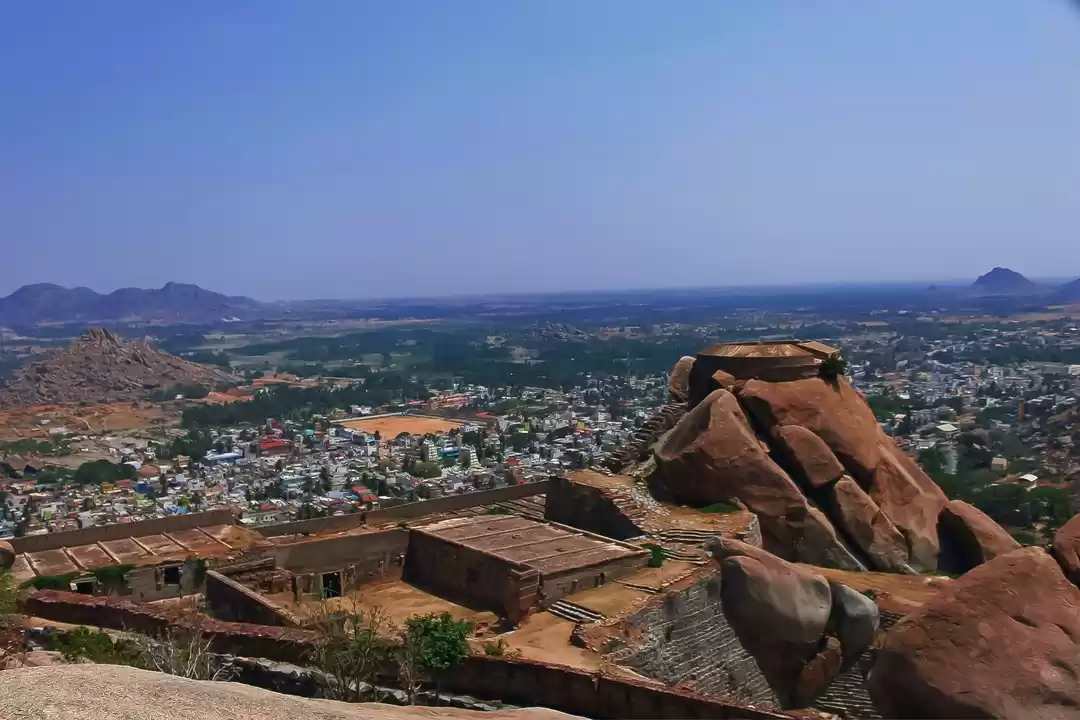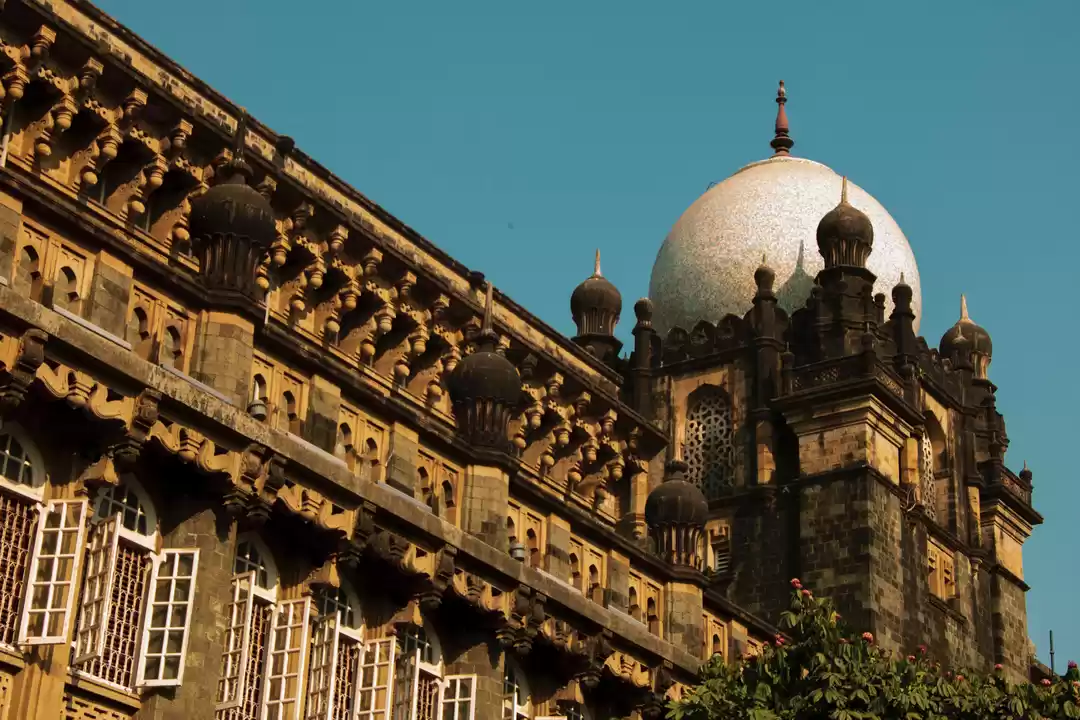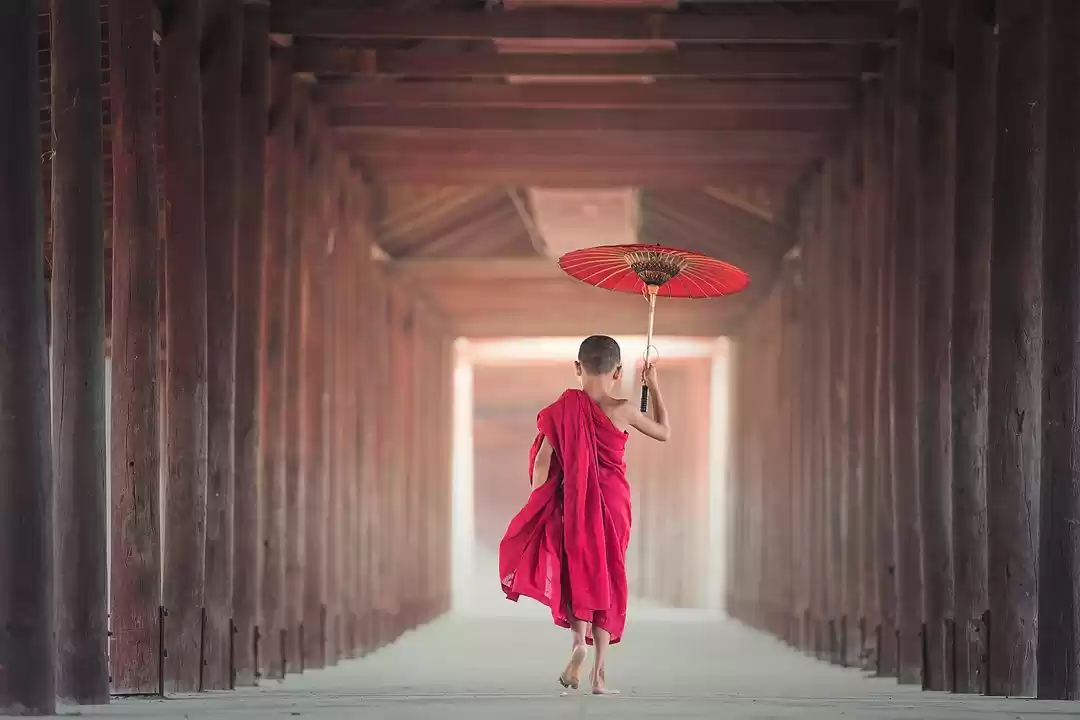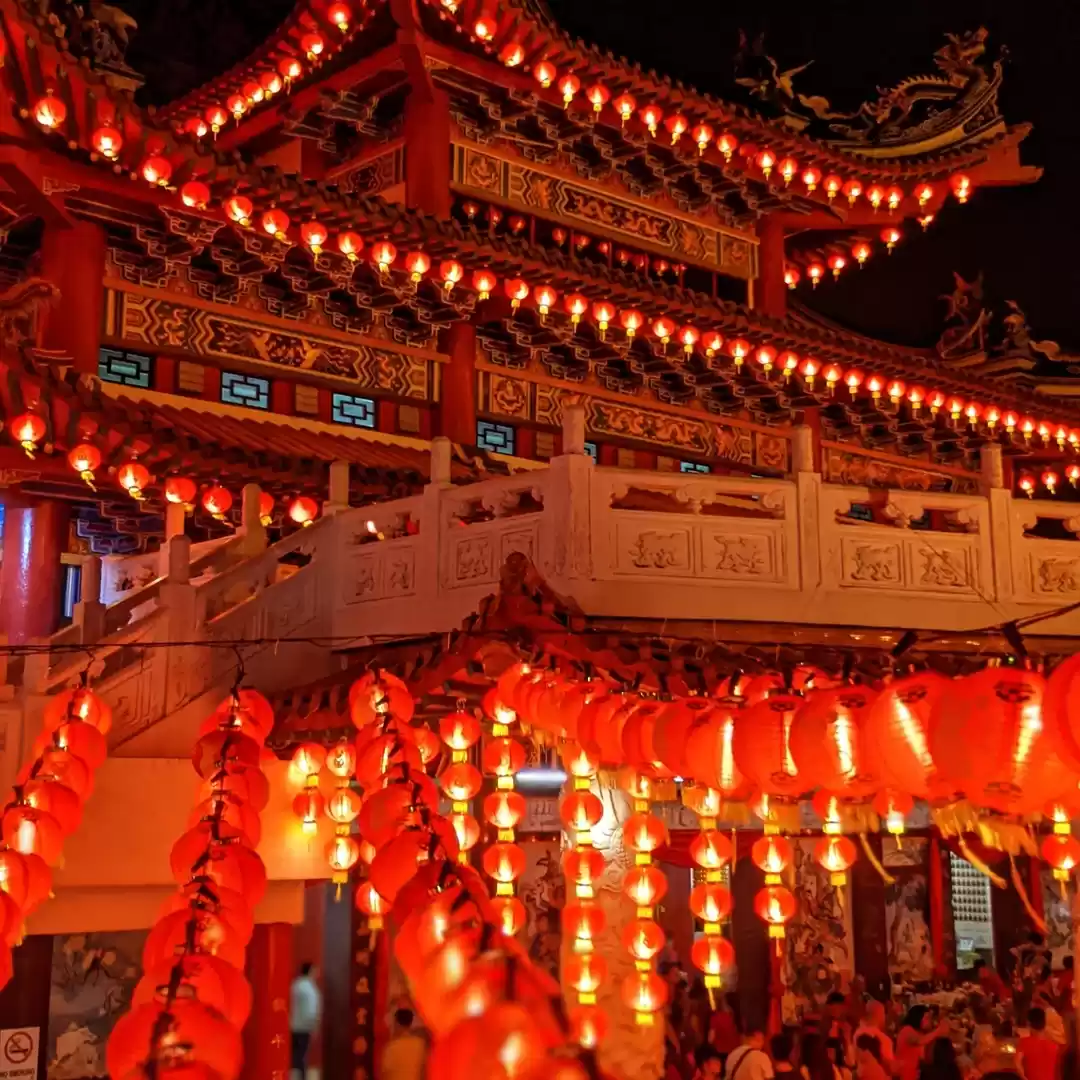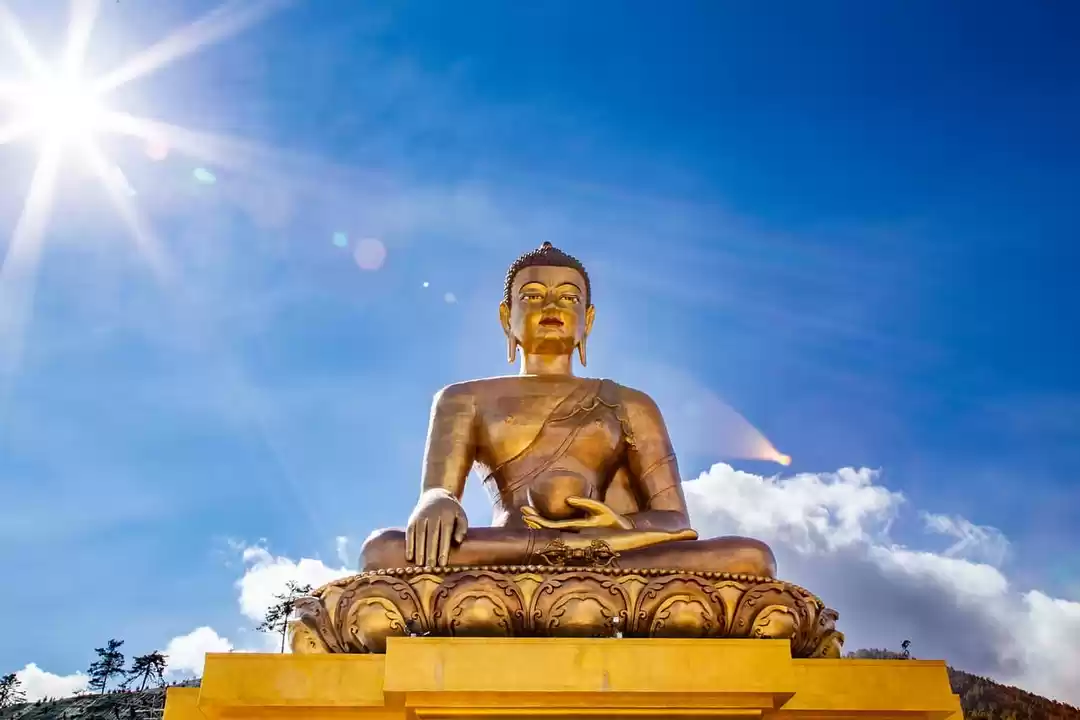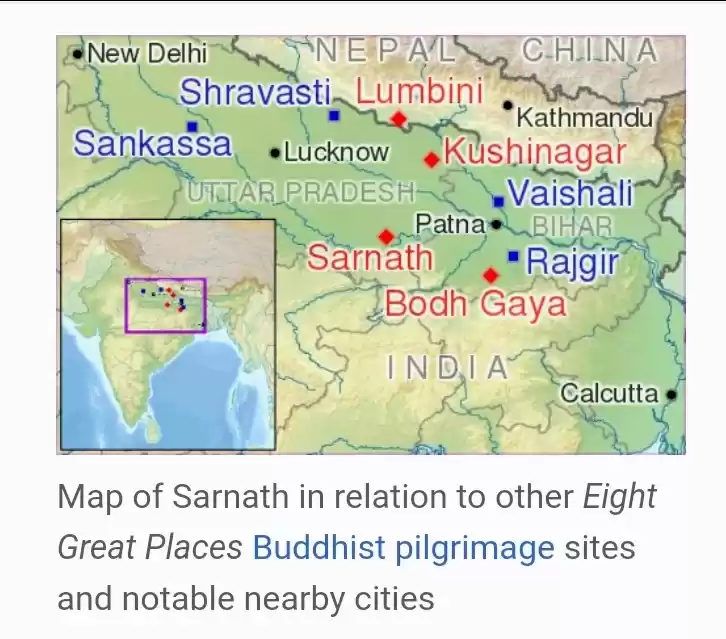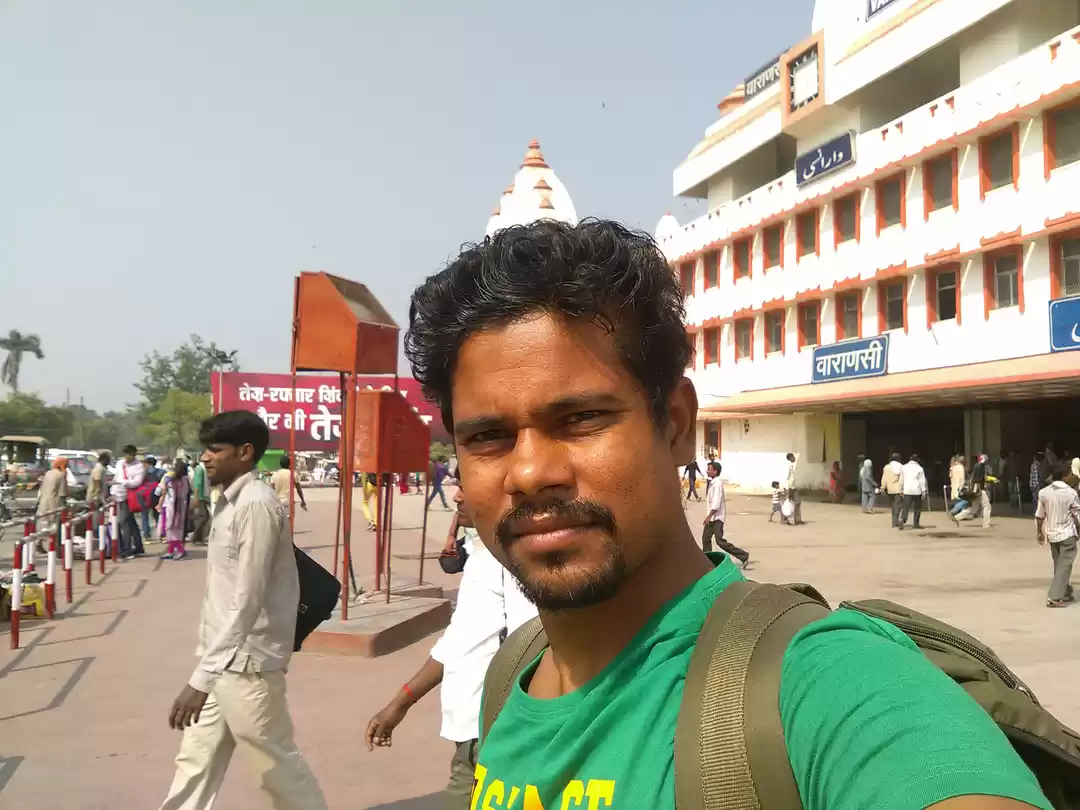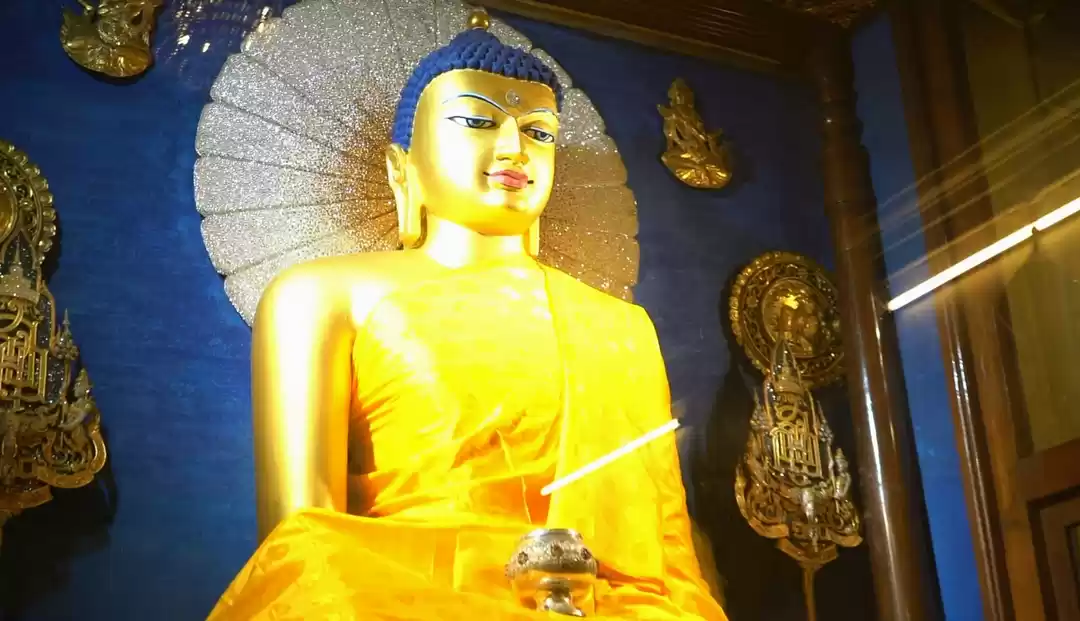The moment one lands in North-east part of India, the simplicity and beauty of life around captures our attention.
Apart from rivers,cane huts,and hills, one thing that attracts our attention is the presence of Buddhism here in Arunachal Pradesh.
All though the travel route from Balukpong to Tenga, Rupa and Chillipam marks the presence of beautiful coloured flags, which keep the traveller/tourist company on the bumpy roads. These flags could be seen on the roadside or outside houses .
Apart from the flags, one more thing is found in prominence is the presence of 8 Buddhist symbols (paintings).Not only the monasteries but even the boundary walls depict these 8 symbols.
Buddhism was founded over 2500 years ago by Siddartha Gautama, this belief was centered around compassion, non-violence and charity for the enlightenment of body and soul.
Buddhist symbols are vital part of the Buddhist faith. They have become tools for teaching the religion to others, as they hold deep significance.
Important Buddhist symbols include , musical instruments, fans, scroll, spear, rope , hare, monk begging bowls and incense burners.
Elephant is an important symbol of Buddhism, it represents 'power' and 'peace' in Buddhism.
The 8 Emblems of Good fortune , also known as the 8 auspicious symbols of Good fortune are the : the wheel of law, the conch shell, umbrella, mystic knot,fish,lotus, vase and canopy.
The above mentioned symbols are very important to Buddhism and are considered important along the path to enlightenment.
1. Umbrella (Parasol) : symbolises umbrella of Buddhist community and teaches us that first we should enter the Buddhist family. Also called Parasol , umbrella above the mountains is the dome of the sky, symbolised by the umbrella. It casts the shadow of protection, from heat and harmful forces. Silk and peacock Parasol is used by the dignitaries, including his holiness, Dalai Lama.
Dome of the umbrella symbolises wisdom and the hanging skirt symbolises compassion.
2. Fish : symbolises harmony, the golden fishes , or the two fishes standing vertical, heads turned inwards towards each-other. Fishes originated as an ancient Pre-Buddhist symbol of two sacred rivers of India - Ganga and Yamuna, representing lunar and solar channels.
The pair of golden Fishes also symbolises happiness, fertility and abundance, as they have complete freedom in water and they multiply rapidly.
3. Vase: also called the treasure Vase, it is represented by a fat bellied vessel with short slim neck , on top of it is a large jewel indicating treasure Vase.
It also depicts storage and satisfaction of material desires, inexhaustible treasures.It also teaches us about the inner wealth of faith, moral discipline and practice dharma,benefitting others.
4 .Lotus: symbolises purity, every Hindu deity is associated with lotus, either he/she is seated on it or holding it. The roots of lotus are in mud, stem grows upwards through water, it is a heavily scented flower, which lies above water, basking in sunlight. This pattern of growth symbolises the progress of soul , from primeval mud of materialism, through the waters of experience and into bright sunshine of enlightenment.
The white coloured lotus stands for purity, spiritual perfection, red coloured lotus depicts original nature, purity of heart, love and compassion, the blue coloured lotus represents victory of spirit over the senses, whereas the pink lotus represents the supreme knowledge, it is reserved for the highest deity, associated with Buddha himself.
5. Conch: is the emblem of power , Lord Vishnu is seen holding it , it also depicts authority, battle horn, akin to bugle, banishes evil, scares evil, also as a container of holy water. It also represents the four fold caste division through the variations of its colour.
The thick shelled bulbous one is said to be the male or Pursha, whereas the thin shelled is said to be the female, the shankhini.
Apart from this , the conch are right or left turning conch shells, the right one is rare and sacred, is also compared to hair whorls on Buddha's head. Like the sound of conch , Buddhist want the teachings of Buddha to spread in all directions.
6. Knot of Eternity : omniscient wisdom, also called the endless knot of intertwined lines, may have evolved from an ancient naga symbol with two stylized snakes, which represent close cycle of cause and effect, with balanced harmony.This is one of the most favorite symbol of Tibetan Buddhism. As it has no beginning or end , it symbolises infinite wisdom in Buddhism.
7 . Victory Banner: in Sanskriti means dhvaja, the flag.
Buddha's enlightenment, heralding the triumph of knowledge over ignorance. Cylindrical victory banners made of beaten copper are traditionally placed at four corners of a monastry and temple roofs , which signify Buddha's victorious dharma spreading in four directions.
8. Dharma wheel : consists of three basic parts : the hub, the rim and spokes (generally 8 in number).
The circle shape represents complete or a perfect shape.
Rim is the element of limitation denotes concentration, holds entire meditative practice together, hub- represents the axis of the world, train in moral discipline. 8spokes denote 8 fold path set for correct application of wisdom, cuts ignorance and ends suffering. This path was set up by Buddha himself.
Wheel evolved as a symbol of Buddhist teaching and as an emblem of Chakravartin or 'wheel turner'.
Wheels swift motion is an apt metaphor for spiritual change. Buddha's first discourse at Deer park at Sarnath is known as ' first turning of the wheel of dharma'.
Next time when you visit a Buddhist monastry, remember that the three curving conch like lines on the neck of Buddha are soaked with rich spiritual symbolism. It is said to represent Buddha's deep resonant voice, therefore conch becomes a sacred symbol here.
These 8 symbols are also associated with the physical form of Buddha , the head of Buddha is like a protective Parasol, Buddha paintings also show the presence of umbrella behind him. The eyes of Buddha are like the precious golden fishes, neck like adorned vase of good fortune, speech like right turning Dharma shell, mind infinite with wisdom like the never ending knot. Tongue open like auspicious pink lotus and feet tread on the path of dharma like the auspicious wheel.
These 8 symbols adorn all manner of sacred and secular Buddhist objects, such as carved wood furniture, metal work, wall panels, carpets and silk brocades.
Happy Reading 🤗
'





















